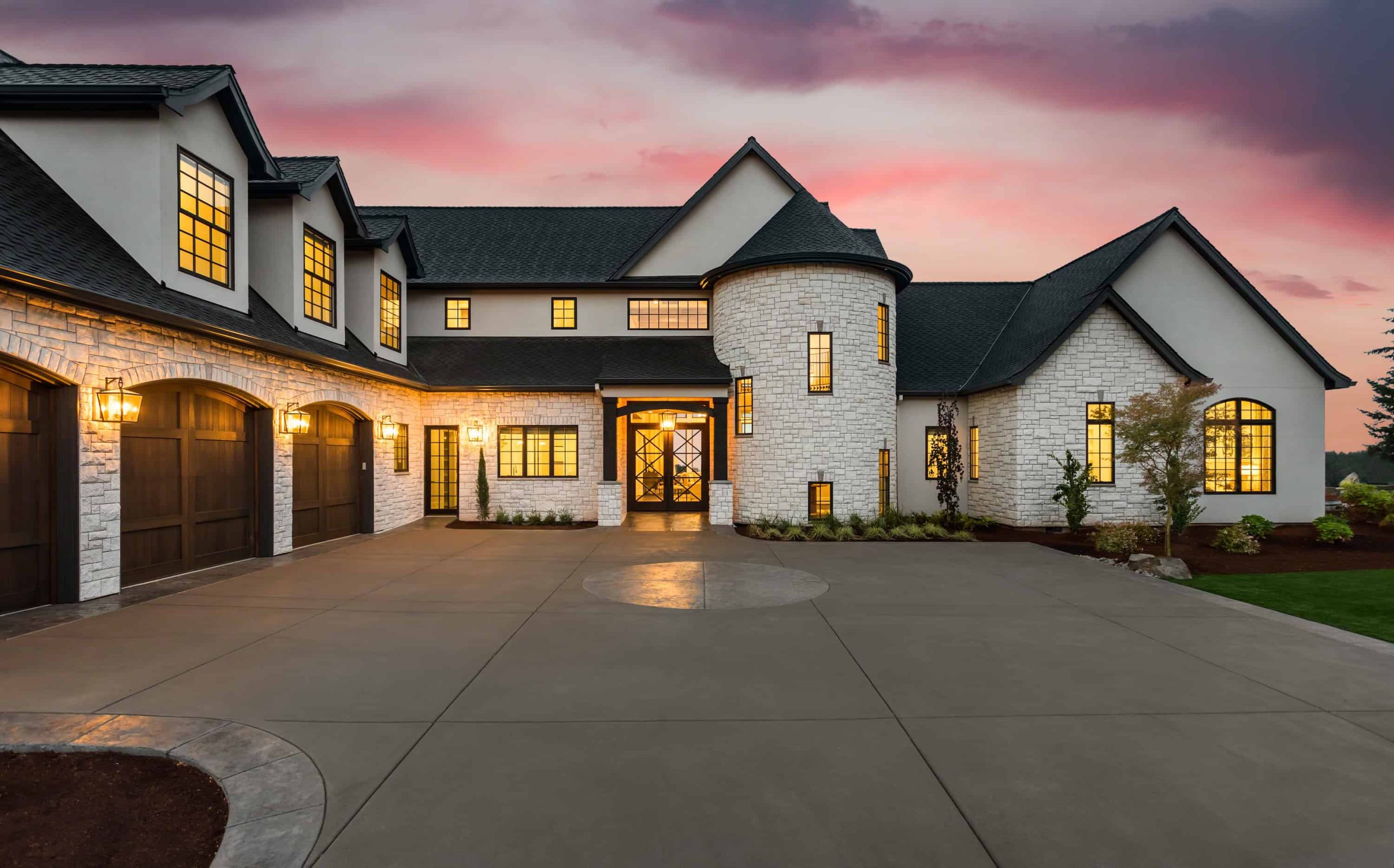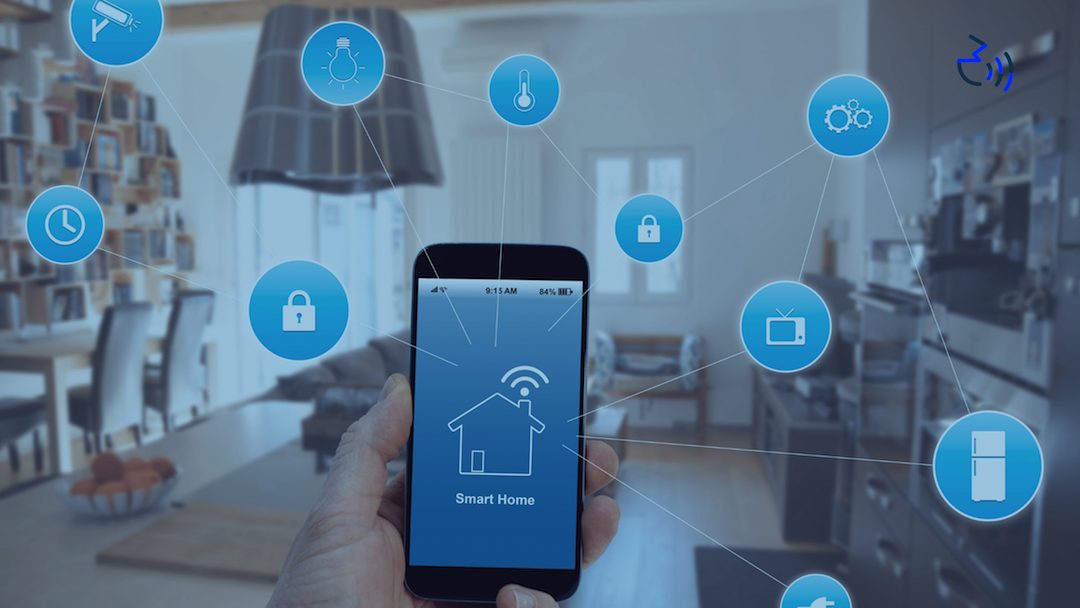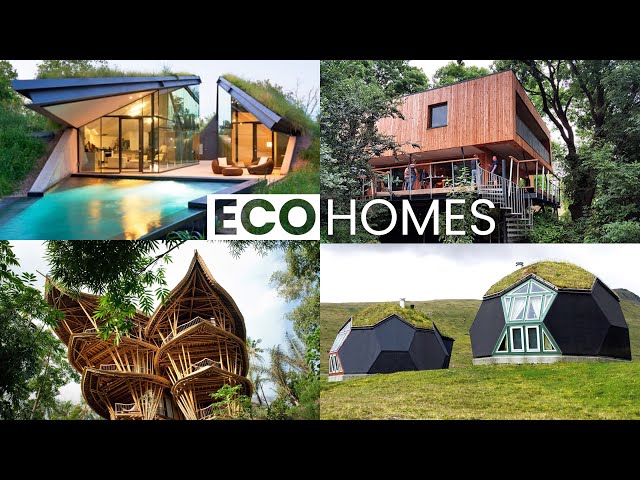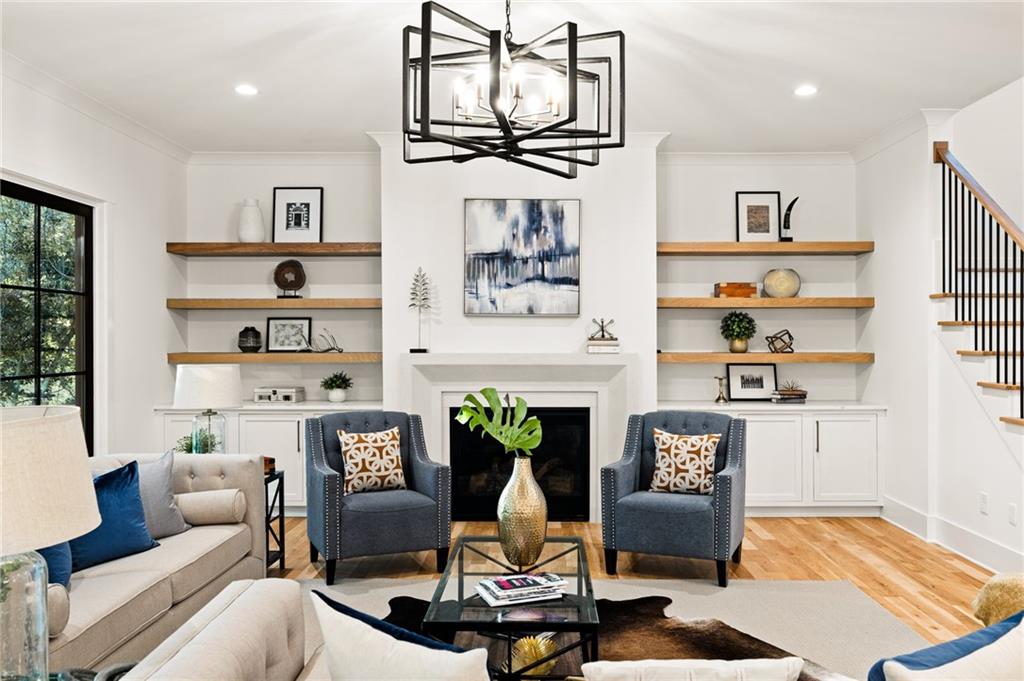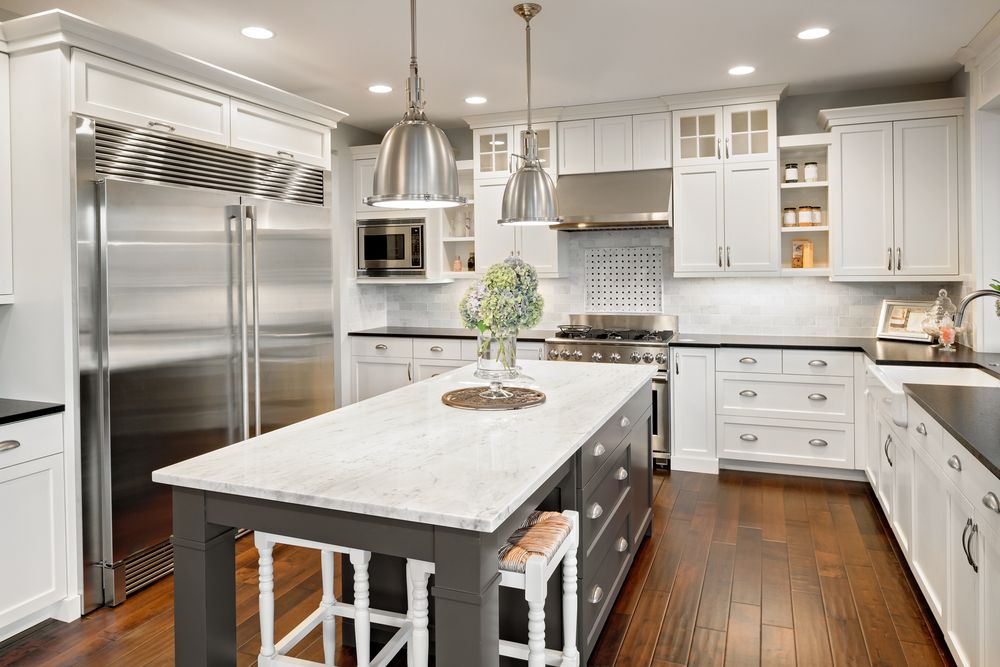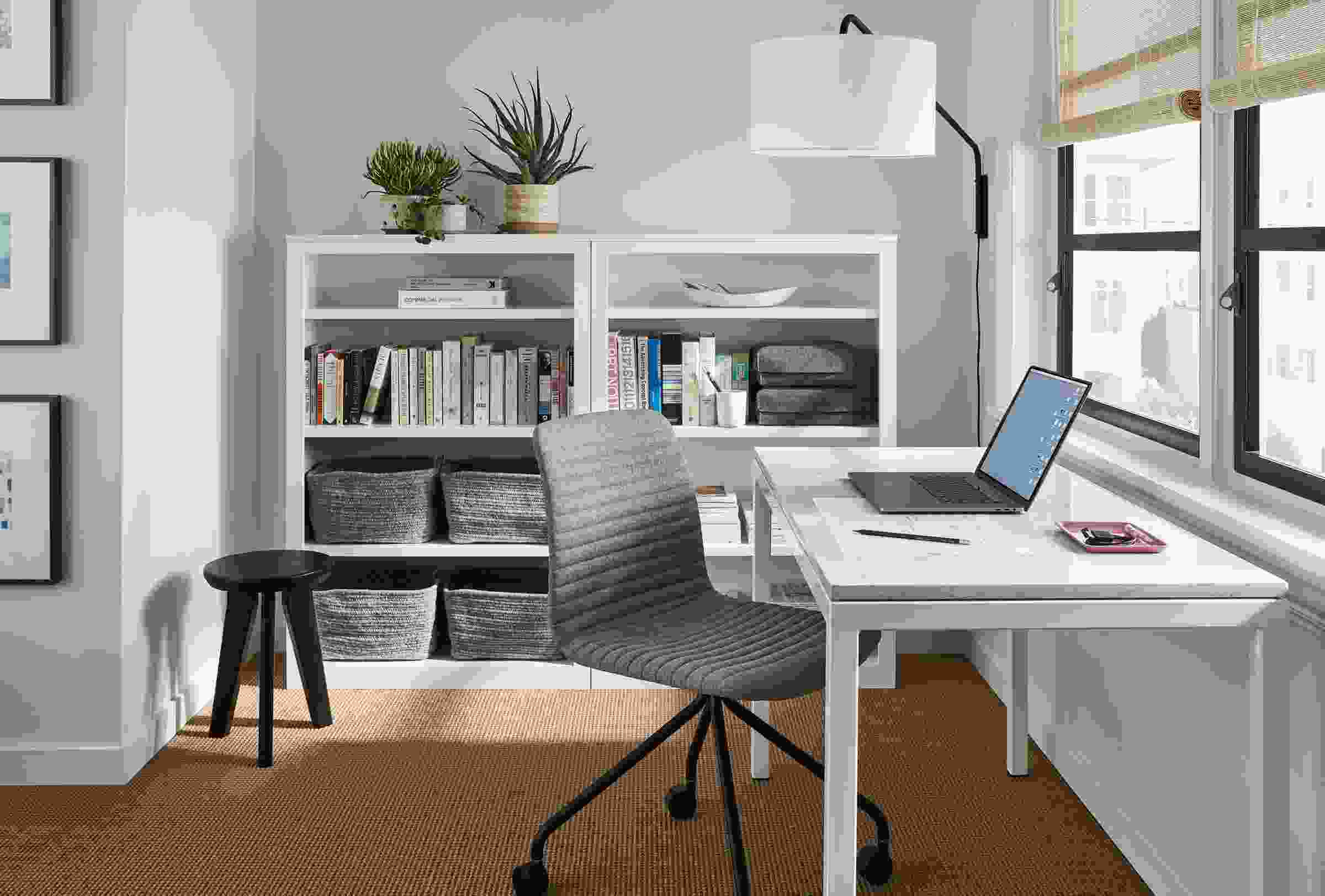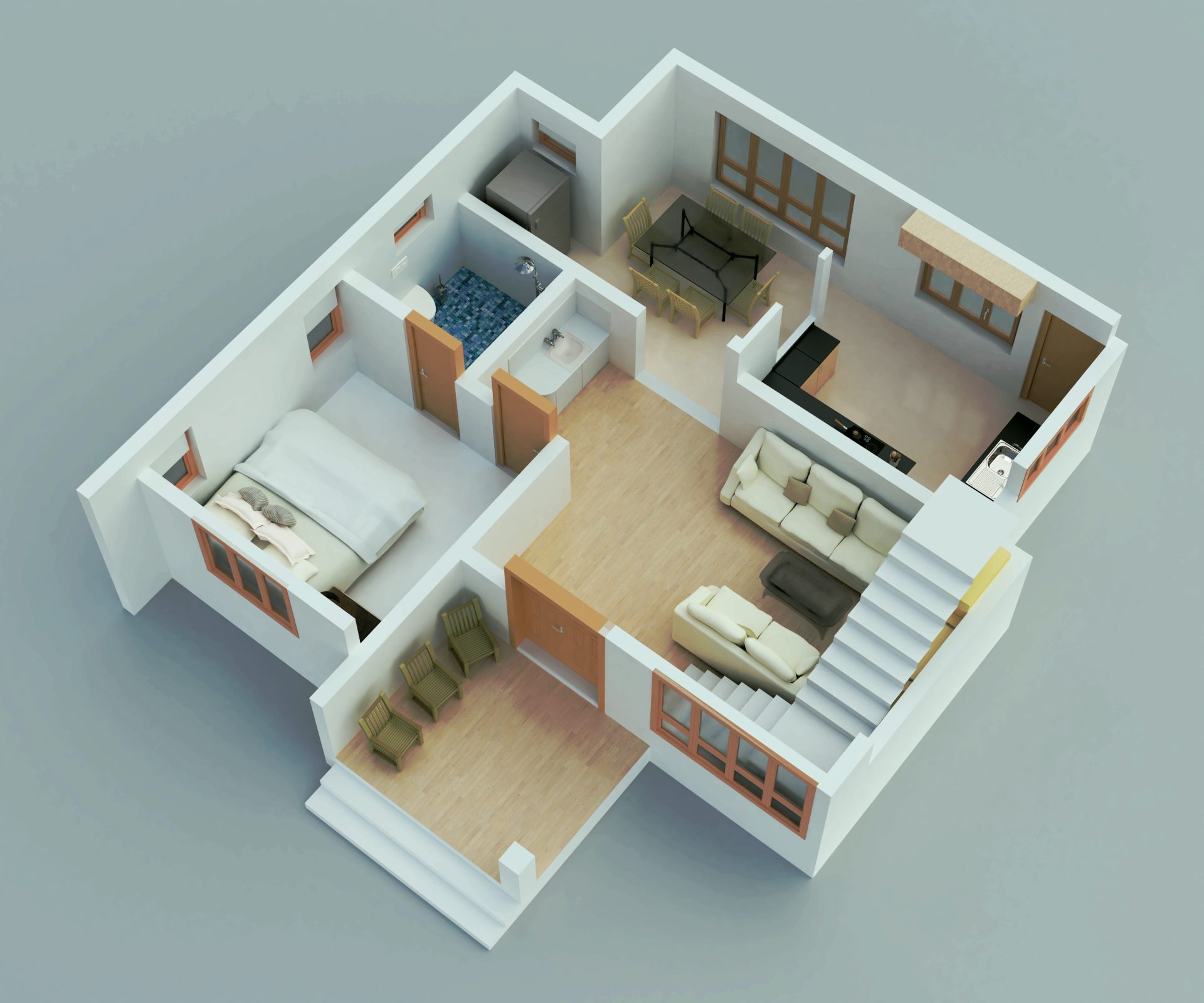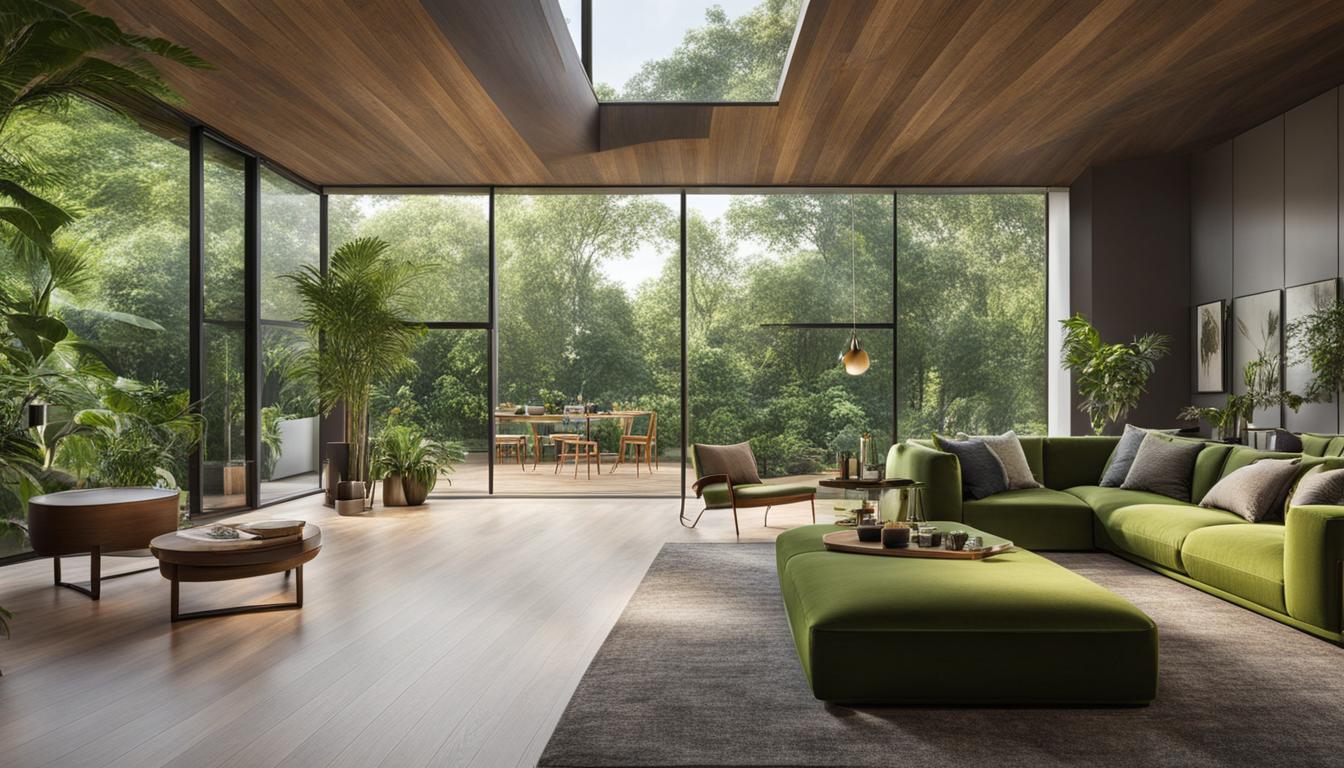The Mid-Year Report provides both a short-term and long-term look at the trends projected to influence the luxury real estate market over the next six months and the next 12 to 24 months. For this report, the Coldwell Banker Global Luxury program analyzed luxury market data from 120 U.S. markets and surveyed more than 200 Coldwell Banker® Luxury Property Specialists to identify five distinct trends shaping today’s luxury real estate landscape.
According to the survey, 68% of Coldwell Banker Luxury Property Specialists surveyed say clients are maintaining or growing their real estate exposure. Another 51% of those surveyed report an increase in all-cash transactions, signaling a shift among affluent home buyers toward leveraging liquid funds over elevated borrowing costs.
As market conditions stabilize and inventory levels improve, many Coldwell Banker affiliated agents report that luxury home buyers are holding fast to their wish lists—unwilling to compromise on lifestyle preferences, property conditions, or luxury features. Furthermore, a growing number of luxury homebuyers are entering the market for the first time driven by significant gains in home equity over the past five years, adding to demand in the high-end segment.
“So far in 2025, we’re seeing a luxury real estate market that isn’t fully bullish or bearish—but rather recalibrating,” said Michael Altneu, Vice President of the Coldwell Banker Global Luxury program. “Affluent home buyers still see real estate as a safe haven to grow and protect their wealth, but as the market balances and more inventory comes online, they can also be more choosy than in recent years. Practical considerations including home affordability, tax strategy, estate planning and long-term investment potential are taking precedence over aesthetics, flashy amenities or location. This could mark the return of what we call ‘smart luxury’—a mindset shift where discernment and strategic decision-making take priority.”
Coldwell Banker Global Luxury Program Mid-Year Report: Top 5 Emerging Luxury Real Estate Trends for 2025
Trend #1: Real Estate Remains a Cornerstone of Wealth Strategy
Nearly 7 in 10 (68%) of Coldwell Banker Luxury Property Specialists say their affluent clients are maintaining or expanding their current real estate exposure, pointing to a steady confidence in the asset class. Only 11.3% report clients are decreasing their interest in real estate in favor of other financial instruments. When economic uncertainty rises, affluent buyers tend to recalibrate, viewing real estate as both a safe haven and valuable tool for portfolio diversification.
Trend #2: “Smart Luxury” – The “No-Compromise Buyer” Meets The “Smart Buyer”
Rather than retreat from the market, luxury homebuyers are being strategic about their purchases and prioritizing aspects of home that create value over aesthetic perfection. Practical considerations including home affordability, tax strategy, estate planning and long-term investment potential are taking precedence over flashy amenities or trophy locations. 30% of Coldwell Banker Luxury Property Specialists identified this “no-compromise” mindset as the top current trend.
Trend #3: Move-Up Buyers Enter Luxury Market
Escalating home prices are turning ordinary homeowners into luxury buyers by default. According to the National Association of REALTORS® national home prices have surged by 47% over the past five years. As a result, homeowners who purchased properties five or more years ago may now hold significant equity, which can be leveraged to move up into the luxury real estate market, often for the first time.
“Buyers who once thought luxury was out of reach are now finding themselves in that tier by default,” Altneu said. “They’re coming into the market with significant equity and high expectations—and they’re helping to sustain activity.”
Trend #4: Ultra-Wealthy vs. Aspirational Buyer Split Widens
The luxury real estate market is showing a clear behavioral divide among buyer segments. One in five (20.4%) Coldwell Banker Luxury Property Specialists report significant differences between aspirational buyers – those with a net worth between $1M and $5M – and buyers with a net worth of $30M and above. While ultra-high net worth buyers remain active and are pursuing second and third homes, those with net worth between $1M and $5M are more likely to be cautious, seeking value opportunities, delaying purchasing decisions, or targeting homes with renovation potential.
Trend #5: Cash Purchases Prevail as “Safe Haven” Strategy
Despite ongoing economic uncertainty, 96% of Coldwell Banker Luxury Property Specialists report luxury buyers are maintaining or increasing their use of cash purchases. This trend reflects real estate’s historically low correlation with stocks and its role as a strategic diversification tool. According to J.P. Morgan Asset Management, direct real estate and equities are more disconnected than they’ve been in years, reinforcing real estate’s value as a stabilizing asset during periods of market volatility.
“Ultra-high-net-worth individuals aren’t just buying one property—they’re building real estate portfolios,” said Jade Mills, president, Jade Mills Estates and International Ambassador of Coldwell Banker Global Luxury program. “These buyers are paying all cash specifically because they want hard assets independent of market swings. When you’re dealing with generational wealth, real estate becomes a cornerstone strategy, not just a lifestyle purchase.”
Underlying strength continues to insulate the luxury sector, especially for single-family homes.
New data from The Institute for Luxury Home Marketing underscores the resilience of the luxury real estate sector highlighting sustained strength in both property values and buyer demand despite broader economic uncertainty. Luxury single-family home inventory has surged 19.6%, and attached property inventory is up 14.8% compared to 2024. Despite higher inventory, sold prices for single-family homes have increased 1.8% year-over-year and 8.0% compared to 2023. Attached properties have experienced even stronger gains, with prices up 8.4% year-over-year and 16.5% over the past two years. The number of sold single-family homes in the first five months of 2025 climbed 1.7% year-over-year and 9.0% compared to 2023, indicating healthy absorption. However, the attached segment has seen a slight softening in sales—likely influenced by more rate-sensitive buyers and slower inventory growth.
The full Mid-Year Report is available here.
Methodology
The Coldwell Banker Global Luxury® program collaborated with their Luxury Property Specialists (through the means of a survey), the Institute for Luxury Home Marketing, National Association of Realtors and Barton Consulting LLC to provide insights into wealth, real estate, property investment, luxury spending preferences and emerging trends. For the Mid-Year Report 2025, the Institute for Luxury Home Marketing analyzed the data for the top 10% of 120 U.S. markets. Data contained is from January 1, 2023 to May 31, 2025 and has been computed by the Institute for Luxury Home Marketing’s data research partner and shared with Coldwell Banker Global Luxury® and based on information attained both privately and publicly. For more information on how data was collected and defined, please refer to the full methodology on page 40 of the Trend Report. This press release contains data from the National Association of REALTORS® and J.P. Morgan Asset Management’s Q2 2025 Guide to the Markets. For more information on how data was collected and defined, please refer to the full methodology in the Mid-Year Report.

 Facebook
Facebook
 X
X
 Pinterest
Pinterest
 Copy Link
Copy Link
